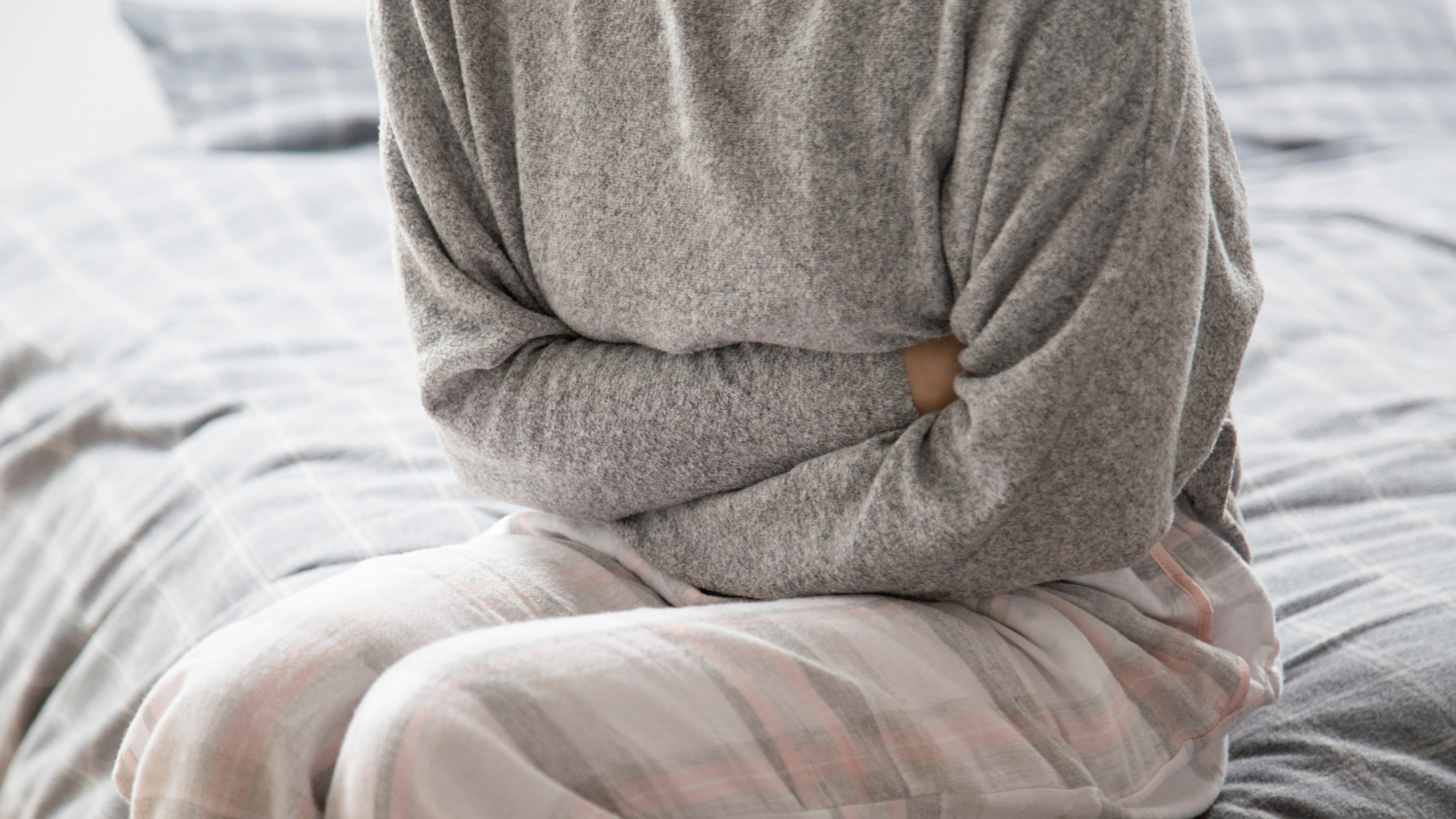When your stomach empties too fast, your whole body feels it. Dumping syndrome can leave you with sudden cramps, racing heartbeats, and a mad dash to the bathroom, sometimes within minutes of finishing a meal. Doctors also call it rapid gastric emptying, and it shows up most often after weight‑loss or ulcer surgery.
But here’s the good news: most people tame those roller‑coaster symptoms with small changes at the table—no fancy gadgets needed. In this guide, you’ll learn exactly what’s going on inside your gut, why early and late dumping feel different, and which simple habits, medicines, and new procedures can keep breakfast from turning into a bad day.
Key Takeaways
- Dumping syndrome happens when food moves too fast from your stomach to your small intestine, leading to symptoms like nausea, bloating, and diarrhea.
- There are two types: early and late dumping syndrome, and they show up at different times after eating, with different symptoms like dizziness or low blood sugar.
- Common triggers include high-sugar meals, refined carbs, or drinking liquids with meals, which can all speed up digestion and cause discomfort.
- You can manage symptoms by eating smaller meals more often, avoiding sugary foods, and lying down after meals to slow digestion naturally.
- If lifestyle changes don’t help, doctors may recommend medicine or surgery, especially if the dumping syndrome is linked to a past gastric surgery.
Table of Contents
Understanding Dumping Syndrome
Dumping syndrome happens when food—and the fluid that comes with it—leaves the stomach before it’s had time to mix with stomach acid and digestive enzymes. Without that “slow churn,” partly‑digested carbs hit the small intestine all at once, pulling water into the gut and spiking your blood sugar. Ten to thirty minutes later you may feel bloated, sweaty, or rushed with diarrhea.
This is early dumping syndrome.
One to three hours after eating, a different wave can strike. Blood sugar that shot up now crashes, so you might shake, feel weak, or even faint—classic signs of late dumping syndrome (also called post‑bariatric hypoglycemia).
Who gets it? The biggest risk factor is surgery that shortens or bypasses the pyloric valve—the stomach’s “gatekeeper.” Roux‑en‑Y gastric bypass, sleeve gastrectomy, esophagectomy, and even anti‑reflux procedures like LINX can all set the stage. Rapid weight‑loss, vagus‑nerve injury, diabetes, and certain childhood gut disorders also raise the odds.
How common is it? Studies report anywhere from 9 % to 43 % of bariatric surgery patients develop dumping symptoms, depending on how strictly doctors score them (for example, the Sigstad score versus patient self‑reports).
Why it matters. Besides the discomfort, repeated fluid shifts can lead to dehydration, nutrient shortages, and unintended weight loss. Severe late dumping may trigger dangerous hypoglycemia.
Diagnosis is mostly detective work: your provider listens to your story, tracks glucose levels during a meal test, and may order a gastric emptying scan. A score of ≥ 7 on the Sigstad scale usually seals the deal.
Managing And Preventing Dumping Syndrome
1. Small, Frequent Meals
Eat six protein‑rich “mini‑meals” instead of three heavy plates. This eases the gush of food and keeps blood sugar steady. Pair lean meats, eggs, or Greek yogurt with high‑fiber carbs.
2. Skip Simple Sugars
Candy, soda, fruit juice, and sweetened coffee rush through the gut like a waterslide. Swap them for complex carbs such as oats, quinoa, and brown rice. If you crave sweets, wait at least 45 minutes after a solid meal.
3. Fiber And Healthy Fats
Add psyllium, chia seeds, or a spoon of nut butter. Fiber thickens stomach contents; fat slows emptying. Together they act like a speed bump.
4. Drink Smart
Sip fluids 30 minutes before or after eating—not during. This prevents extra water from flushing food forward. Electrolyte drinks help if diarrhea dehydrates you.
5. Lie Down After Meals
Reclining for 20 minutes can reduce gravity’s pull on the meal bolus. Just don’t nap flat if you have reflux; prop your head slightly.
6. Medications
When diet alone misses the mark, doctors may prescribe:
- Acarbose to slow carbohydrate digestion.
- Octreotide injections to delay gastric emptying.
- New options like dasiglucagon rescue pens for severe hypoglycemia flares (under study in 2025).
7. Emerging Procedures
Endoscopic transoral outlet reduction (TORe) or triangulation suturing can shrink an enlarged gastrojejunal opening, giving the stomach more “hold time.” Early 2025 trials show promising symptom relief with low complication rates.
8. Surgery As Last Resort
In rare, stubborn cases, surgeons may reconstruct a small stomach pouch or place a feeding jejunostomy to bypass rapid emptying. Most people, however, improve within 3–18 months with conservative steps.
Ready To Tame Dumping Syndrome?
Frequently Asked Questions
No. It’s a common side effect, not a failure. Most patients control it with diet tweaks and time.
Yes, though it’s rarer. Severe diabetes, pancreatitis, or certain childhood gut issues can trigger the same rapid emptying.
It’s rarely life‑threatening, but untreated hypoglycemia or dehydration can cause serious problems.
Choose protein, vegetables, whole grains, and healthy fats. Limit sugar to less than 10 grams per meal.
That’s late dumping: insulin overshoots, dropping blood sugar. A protein snack can help.
Yes—soluble fibers like psyllium slow gastric emptying and reduce diarrhea.
Many people see big improvements within 3 months; some need 12–18 months.
Children with stomach surgery or certain congenital disorders can develop it, though it’s uncommon.
It can. Caffeine speeds gut motility and may worsen diarrhea. Try decaf or herbal tea.
If you have severe late dumping with hypoglycemia, a bracelet helps first responders know what’s happening.

